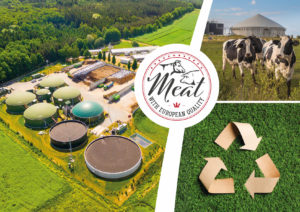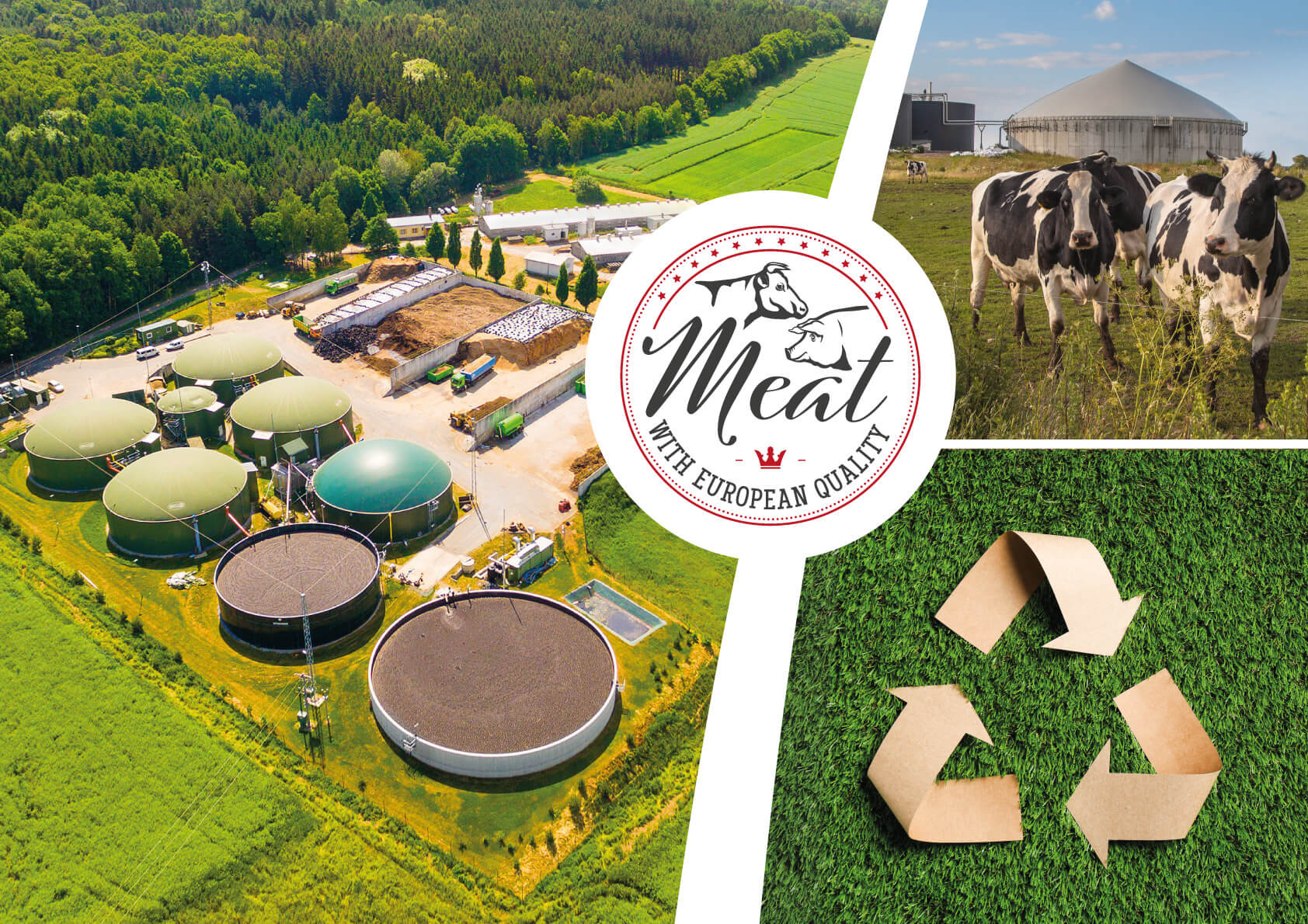The civilizational progress of humanity has led to an especially strong exploitation of Earth’s resources. According to the Global Resources Outlook report, if we do not stop the current pace of raw material consumption, we will need resources corresponding to three Earths by 2050[1]. The deepening climate crisis and depletion of raw materials are forcing society to change its consumption patterns. From a take-make-dispose model to a climate-neutral, environmentally sustainable, and fully closed-loop model[2]. By bringing elements back into the soil and the environment, the agricultural sector can become an effective ring of the whole chain.
The closed-loop economy consists of trading and using products for as long as possible. This results in extending the life cycle of products and keeps the level of produced waste to a minimum. At the end of a product’s life cycle, the materials, from which it was made, should remain in the economy. The idea behind the closed-loop model is to reuse worn-out materials in another new product. This stays in contrast to the current model, where products are designed to have a finite duration. The European Parliament has called for measures to ensure that high-quality and sustainable products are on the market[3]. More and more standards for plastic products and the reduction of emissions of such products, are also of significance. On average[4], an EU citizen generates 1.3 kg of waste, while an[5]US citizen generates 2.25 kg of waste per day – a 73% increase. In addition, the EU is characterized by very high recycling rates of generated waste, exceeding 50% in many countries.[6][7][8].
In March 2020, the European Commission proposed a new roadmap concerning the closed-loop economy, which focuses on preventing and managing the generation of waste and which also aims to boost the EU’s economic growth, competitiveness and global leadership within this area[9]. European agriculture has a lot to offer in this matter. By overexploiting natural resources, we can reduce and inhibit food production, so the closed-loop model in agriculture is important to avoid destabilizing production flow in the future[10].
An important issue in the agricultural sector is fertilization. A closed-loop economy requires the conscious and rational use of mineral fertilizers, which are commonnly used in European agriculture. This guarantees both environmental benefits by preventing water pollution and economic benefits by using the optimum amount of fertilizers[11]. To contribute to environmental protection, the European Union introduced the Nitrates Directive in order to protect ground and surface water and encourage to apply good agricultural practices[12]. The use of by-products in animal feeding is an important policy employed in a closed-loop economy. A good example is the pulp produced in sugar production, which is a by-product, but at the same time play a key role in efficient animal feeding. This means that cost-effectiveness and waste reduction are achieved at the same time.
Another important point is biogas production. The by-products generated in the meat industry are very often used for biogas production. Biogas plants of this type are extremely efficient – the energy, heat and steam produced are immediately used in the plant without much loss. Another important element is organic farming, which by its very principles uses fertilizers based on waste substances and metabolites.
Moving away from consuming raw materials in a non-renewable way is a major challenge for the modern world. The European agricultural sector is developing a number of initiatives to reduce resources consumption and induce new markets for a closed-loop economy[13]. This ensures that meat from Europe has a reduced environmental impact.

- [1] https://www.resourcepanel.org/reports/global-resources-outlook
- [2] https://www.europarl.europa.eu/news/pl/headlines/society/20210128STO96607/jak-ue-chce-osiagnac-gospodarke-o-obiegu-zamknietym-do-2050-r
- [3] https://www.europarl.europa.eu/news/pl/headlines/economy/20151201STO05603/gospodarka-o-obiegu-zamknietym-definicja-znaczenie-i-korzysci-wideo
- [4] https://www.statista.com/statistics/186348/us-municipal-solid-waste-generated-per-person-since-1960/
- [5] https://ec.europa.eu/eurostat/web/products-eurostat-news/-/DDN-20190123-1
- [6] https://www.eea.europa.eu/data-and-maps/figures/country-comparison-recycling-rates-of
- [7] https://archive.epa.gov/epawaste/nonhaz/municipal/web/html/
- [8] https://ec.europa.eu/eurostat/statistics-explained/index.php?title=File:Recycling_rate_of_municipal_waste,_by_country,_2000_and_2015_(%25_of_total_waste_generated).png&oldid=360756
- [9] https://www.europarl.europa.eu/news/pl/headlines/society/20210128STO96607/jak-ue-chce-osiagnac-gospodarke-o-obiegu-zamknietym-do-2050-r
- [10] https://cdr.gov.pl/images/Radom/2017/roleko/Gospodarka%20o%20obiegu%20zamknietym.pdf
- [11] http://lodr.konskowola.pl/www_m/index.php/doradztwo/ekologia/ochrona-srodowiska/924-gospodarka-o-obiegu-zamknietym-a-rolnictwo
- [12] https://ec.europa.eu/environment/pubs/pdf/factsheets/nitrates/pl.pdf
- [13] https://cdr.gov.pl/images/Radom/2017/roleko/Gospodarka%20o%20obiegu%20zamknietym.pdf
